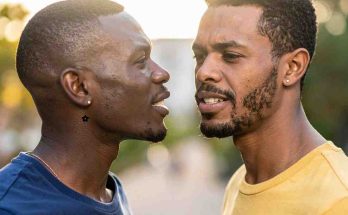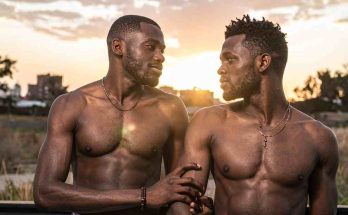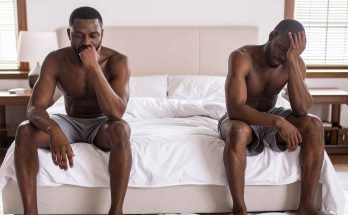By Daniel Nkado.
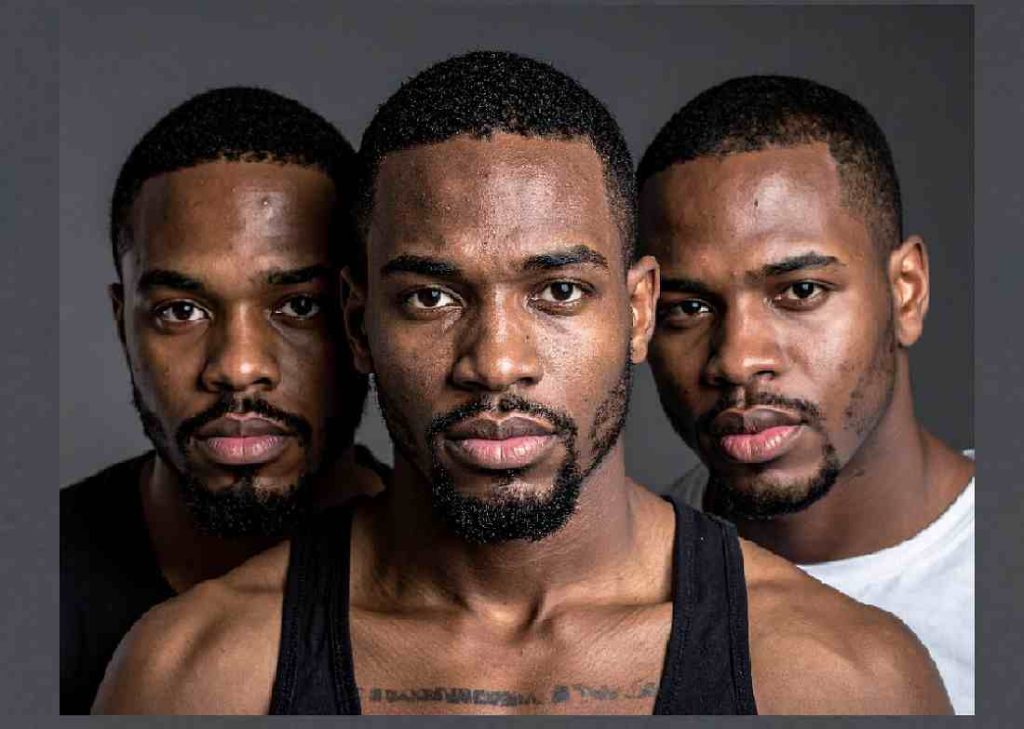
For many Black gay men, internalised shame arrives quietly—through a barber’s sidelong glance, a preacher’s pause, or the sudden hush at family gatherings—when you walk into a space. Those small moments add up, turning pride into performance and joy into something you ration.
The causes of this shame are deeply rooted in intersectional stigma: where race, sexuality, and gender identity converge. It manifests in feelings of inadequacy, self-doubt, and fear of rejection, which can all lead to isolation, lack of confidence and constant self-monitoring.
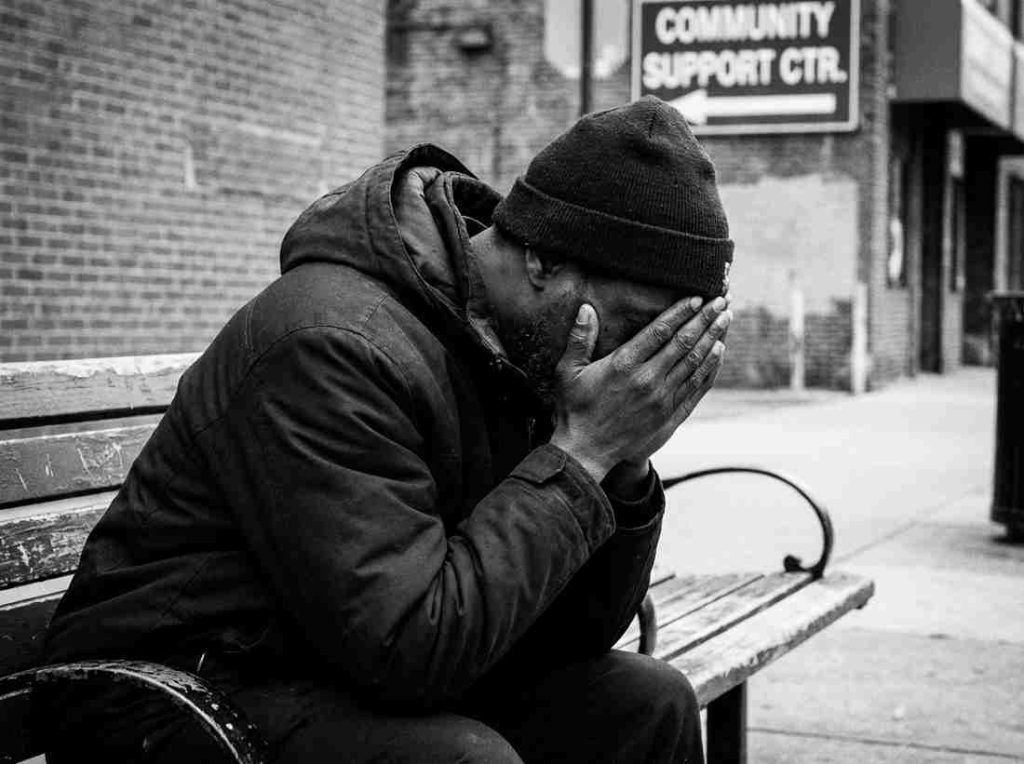
Drawing from psychology, community research, and lived experience, this guide examines the realities of internalised stigma and shame among Black gay men and offers science‑based steps to healing and resilience.
1. The Weight of Intersectional Stigma
Internalised shame isn’t just a fleeting feeling; it’s the deep-seated belief that something is inherently wrong with you, unconsciously assimilated from years of navigating external bias and prejudices. For Black gay men in Western regions, this manifests at the “intersection”—where homophobia within Black communities clashes with racism in white LGBTQ+ spaces. Researchers call this intersectional internalised stigma (Earnshaw et al., 2019)4.
Statistics confirm this pressure:
Black LGBTQ youth attempt suicide at a rate of 19% (far higher than their peers), and Black Americans, just 13% of the population, account for about 40% of new HIV diagnoses, fueled by stigma and unequal access to care. Racism and homophobia together drive sharply higher rates of depression and anxiety among Black gay and bisexual men (The Trevor Project, 202211; CDC, 20242; English et al., 2018)5.
Homophobia, stigma and violence against Black gay men in Africa
Black gay men in many African countries face a distinct set of severe challenges—including legal persecution, cultural homophobia, and targeted violence. These struggles are often rooted in colonial-era laws that criminalised same-sex relationships and were carried forward into post-independence legal systems, where they continue to shape policy and public attitudes today (Buckle, 2024)1.
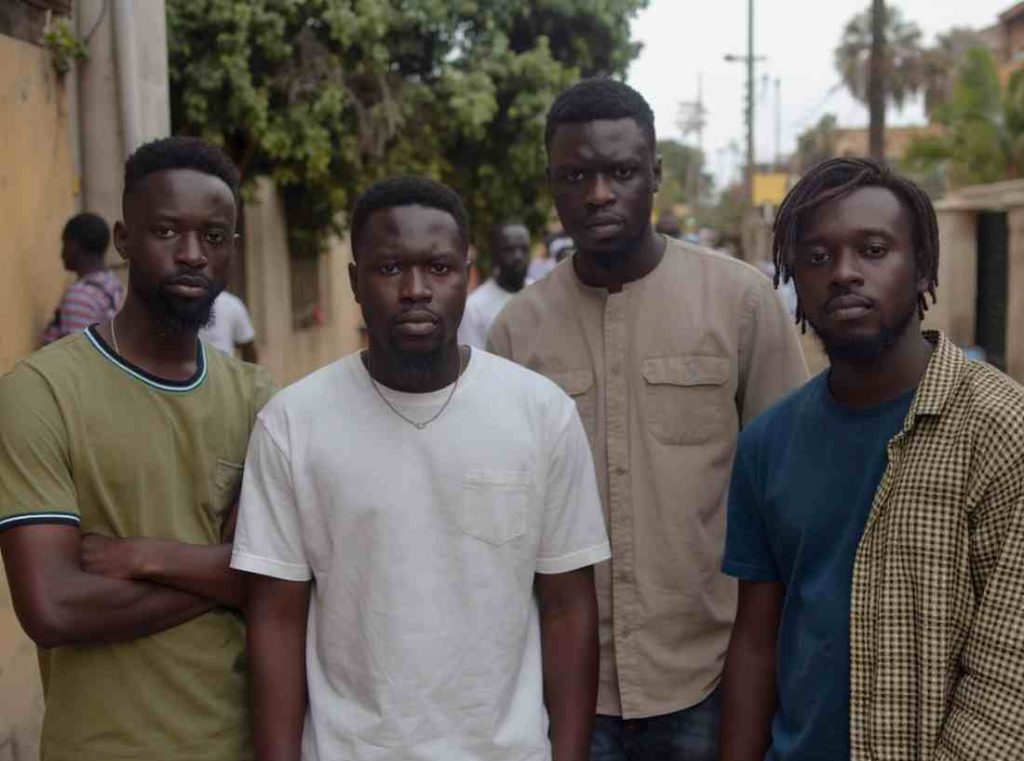
2. How internalised shame shows up in daily life
The impact of internalised shame and stigma on Black gay men permeates every aspect of daily life, often appearing in subtle but painful ways:
a. Psychological Impact:
Internalised shame and stigma have a profound psychological impact on Black gay men, leading to:
- Higher rates of mental health issues, such as depressive symptoms and anxiety disorders.
- Higher rates of suicidal thoughts and attempts (Graham et al., 2011)7.
- Low self-esteem and self-worth.
- Social isolation.
- Higher rates of risky sexual practices and avoidance of HIV testing/treatment (Fields et al., 2016)6.
b. Relationships and Intimacy:
Internalised shame and stigma affect the ability of Black gay men to form and maintain healthy, intimate relationships.
- Feelings of unworthiness.
- Fear of rejection and avoidance of gay social spaces/events.
- High rates of sexual anxiety leading to arousal and erectile issues (Yang et al., 2019)12.
c. Health:
Internalised shame and stigma often discourage Black gay men from seeking sexual and mental health support, resulting in higher rates of untreated mental health challenges and preventable sexual health infections (Quinn et al., 2019)9.
3. Science-backed healing strategies for internalised stigma
Healing from internalised shame and stigma requires a multi-layered approach that addresses both individual cognitive processes and systemic issues of racism and homophobia.
These practical and science-backed methods of healing from shame focus on:
- Developing self-compassion
- Building strong support networks
- Engaging in culturally competent therapy, and
- Fostering resilience through community and advocacy (Rose and Brown, 2022)10.
Evidence‑based methods for dismantling shame and building resilience, organised into cognitive, social, and lifestyle approaches:
| Category | Core Strategy | What It Means | Quick Action Tip |
|---|---|---|---|
| I. Therapeutic & Cognitive Methods | Cognitive Restructuring | Challenge and replace negative beliefs about worthiness, race, and sexuality absorbed from stigma. | Journal one negative thought daily and rewrite it with a counter‑truth or affirmation. |
| Self‑Compassion Practices | Actively cultivate kindness toward yourself, countering judgment and embracing imperfection with warmth. | Choose a day to indulge in one healthy activity you love. | |
| Culturally Affirming Therapy | Work with trauma‑informed, LGBTQ+‑affirming professionals who validate intersectional experiences. | Search via NQTTCN or Psychology Today’s LGBTQ+ filter. | |
| Emotion Regulation Skills | Use mindfulness or opposite‑to‑emotion techniques to manage intense feelings like shame, anger, or fear. | Pause and practice 5 minutes of mindful breathing when overwhelmed. | |
| II. Social & Community‑Based Methods | Building a Support Network | Connect with affirming friends, family, or “chosen family” to reduce isolation and foster belonging. | Join a local or online Black LGBTQ+ support group this week. |
| Identity‑Specific Group Engagement | Participate in spaces created by and for Black LGBTQ+ individuals (arts, sports, cultural events). | Attend one Black queer community event this month. | |
| Consuming Affirming Media | Seek positive, diverse representations of Black gay men in TV, film, and literature. | Watch or read media featuring joyful Black queer stories this week. | |
| Community Advocacy & Activism | Engage in collective action to dismantle oppression and celebrate identity. | Volunteer or donate to a Black queer advocacy group this month. | |
| III. Self‑Care & Lifestyle Practices | Mindfulness & Meditation | Use guided or unguided meditation to reduce anxiety, manage stress, and increase presence. | Try Liberate (for POC) or Insight Timer for a 10‑minute session. |
| Physical Activity | Exercise improves mood, lowers stress hormones, and mitigates the toll of discrimination. | Practice yoga, resistance training, or brisk walking three times this week. | |
| Creative Expression | Use writing, painting, music, or dance to process emotions and build self‑worth. | Dedicate 20 minutes weekly to a creative outlet that feels authentic. |
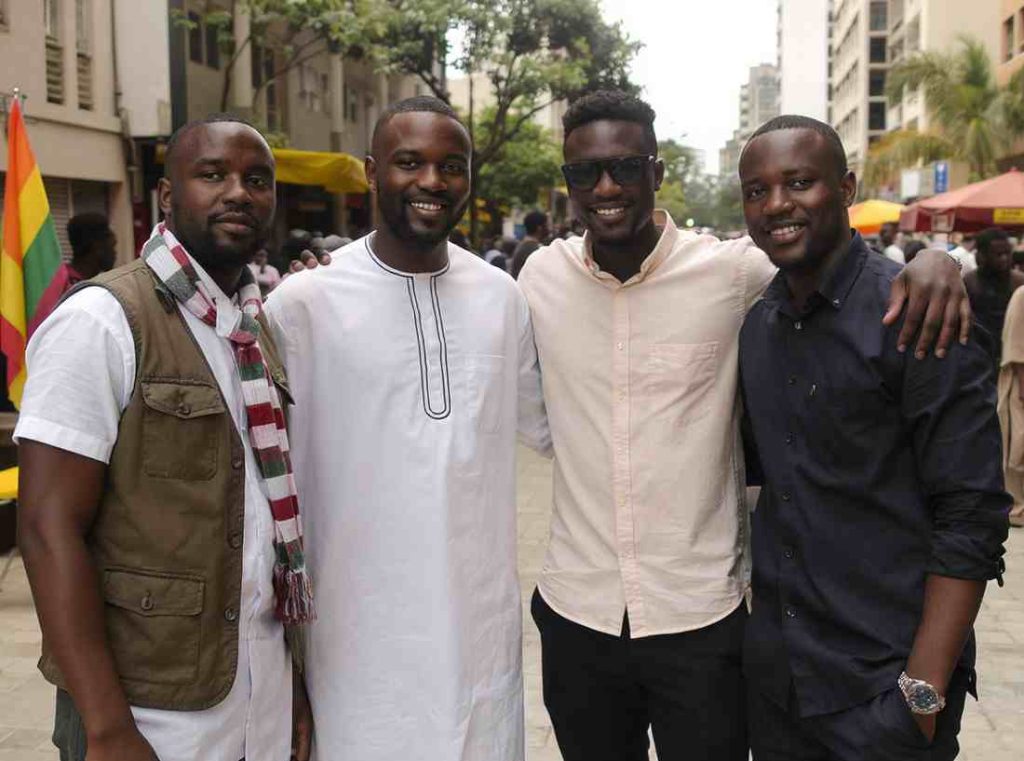
🌈We are Black and Queer! Unapologetic!
To be born is to be worthy. The shame you carry is borrowed—it can be released. Seek support in honest conversations, therapy, affirming groups, and spaces that celebrate both your Blackness and your queerness.
Each time you show up fully, shame loses power and joy takes its place. 💖
Dance at the private house parties in Lekki. Take that Instagram crush to dinner in Hell’s Kitchen. Drop by Brixton to check in with your chosen family. This life is real, already lived by Black gay men who chose to stop shrinking.
You can too. Step forward. Enter rooms freely. Laugh wider so people notice. Fill the space where shame once lived with colour, with joy, with you. 👨🏿❤️💋👨🏽
Next Steps
If you’re ready to speak to someone, consider these resources:
- National Queer & Trans Therapists of Colour Network (NQTTCN): https://www.nqttcn.com
- Psychology Today: Filter for “Gay” and “Black/African American” providers https://www.psychologytoday.com
- The Trevor Project: 24/7 confidential support for LGBTQ youth https://www.thetrevorproject.org
Daniel Nkado is a Nigerian writer, editor, and author, best known as the founder of DNB Stories Africa, a digital platform covering Black stories, lifestyle, and queer culture.
References
- Buckle, L. (2024). African Sexuality and the Legacy of Imported Homophobia. Stonewall. https://www.stonewall.org.uk/news/african-sexuality-and-legacy-imported-homophobia
- CDC. (2024). CDC Publishes New HIV Surveillance Reports. National Center for HIV, Viral Hepatitis, STD, and Tuberculosis Prevention. https://www.cdc.gov/nchhstp/about/atlasplus.html
- Davis, A. J., & Morahan, M. (2024). Decolonising integrative practice with Black queer men who experienced trauma: A thematic analysis. Counselling and Psychotherapy Research, 24(3), 1044–1056. https://doi.org/10.1002/capr.12780
- Earnshaw, V. A., Reed, N. M., Watson, R. J., Maksut, J. L., Allen, A. M., & Eaton, L. A. (2019). Intersectional internalised stigma among Black gay and bisexual men: A longitudinal analysis spanning HIV/sexually transmitted infection diagnosis. Journal of Health Psychology, 26(3), 465–476. https://doi.org/10.1177/1359105318820101
- English, D., Rendina, H. J., & Parsons, J. T. (2018). The effects of intersecting stigma: A longitudinal examination of minority stress, mental health, and substance use among Black, Latino, and multiracial gay and bisexual men. Psychology of Violence, 8(6), 669–679. https://doi.org/10.1037/vio0000218
- Fields, E., Morgan, A., & Sanders, R. A. (2016). The Intersection of Sociocultural Factors and Health-Related Behaviour in Lesbian, Gay, Bisexual, and Transgender Youth. Pediatric Clinics of North America, 63(6), 1091–1106. https://doi.org/10.1016/j.pcl.2016.07.009
- Graham, L. F., Aronson, R. E., Nichols, T., Stephens, C. F., & Rhodes, S. D. (2011). Factors Influencing Depression and Anxiety among Black Sexual Minority Men. Depression Research and Treatment, 2011, 1–9. https://doi.org/10.1155/2011/587984
- McDavitt, B., Iverson, E., Kubicek, K., Weiss, G., Wong, C. F., & Kipke, M. D. (2008). Strategies Used by Gay and Bisexual Young Men to Cope With Heterosexism. Journal of Gay & Lesbian Social Services, 20(4), 354–380. https://doi.org/10.1080/10538720802310741
- Quinn, K., Bowleg, L., & Dickson-Gomez, J. (2019). “The fear of being Black plus the fear of being gay”: The effects of intersectional stigma on PrEP use among young Black gay, bisexual, and other men who have sex with men. Social Science & Medicine, 232, 86–93. https://doi.org/10.1016/j.socscimed.2019.04.042
- Rose, B., & Brown, E. (2022). Healing Through Authentic Connection: Utilising Relational Cultural Therapy With Black Gay Men. Journal of LGBTQ Issues in Counselling, 16(4), 406–421. https://doi.org/10.1080/26924951.2022.2067284
- The Trevor Project. (2022). 2022 National Survey on LGBTQ Youth Mental Health. The Trevor Project. https://www.thetrevorproject.org/survey-2022/
- Yang, Y., Song, Y., Lu, Y., Xu, Y., Liu, L., & Liu, X. (2019). Associations between erectile dysfunction and psychological disorders (depression and anxiety): A cross‐sectional study in a Chinese population. Andrologia. https://doi.org/10.1111/and.13395
